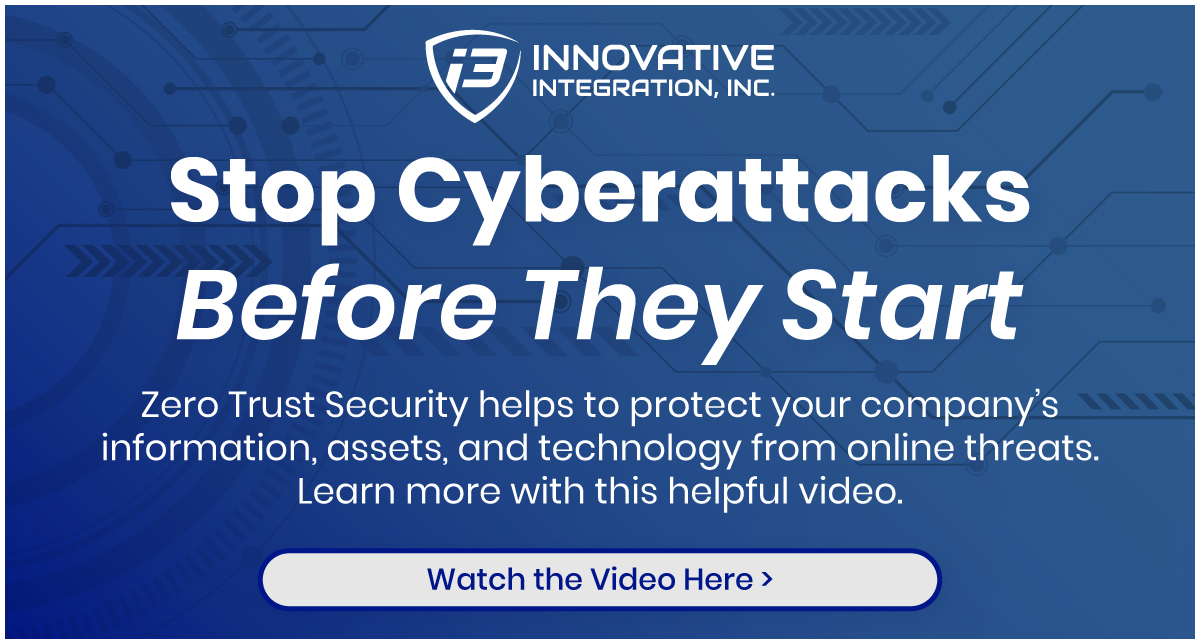It’s no secret. Cyber threats are a constant concern for businesses of all sizes. Even when we think the phishing strategy is a thing of the past, the truth is it’s just as prevalent as ever. These emails are often designed to trick employees into providing their security credentials and invertedly granting access to a bad actor.
So, protecting your organization requires a multi-layered approach. And at the heart of this lies the combination of multifactor authentication (MFA) and a strong identity management strategy.
This article will explore why MFA and its one-two punch with identity management will be a critical addition to your arsenal against phishing.
What is Multi-Factor Authentication (MFA)?
Imagine the front door to your business. In the past, a simple “lock” (in this case, a password) may have been enough to keep your business data safe. But today, with more sophisticated threats, you want (and need!) stronger security. That’s where MFA comes in.
Multi-factor authentication requires more of an extra method of verification to confirm a user’s identity before granting access to an account. It’s like adding a second lock to the door.
These methods fall into three categories:
- Something you know: A traditional password or PIN.
- Something you have: A code sent to your smartphone, a security key, or a smart card.
- Something you are: Biometrics, such as fingerprint scanning or facial recognition.
%
% of attacks MFA blocks
Because MFA requires a combination of these categories, it reduces the risk of unauthorized access. For example, if a cybercriminal manages to steal a password, they will also need to compromise a smartphone to gain access to the system.
In fact, a 2019 Microsoft report found that MFA blocks a staggering 99.9% of automated attacks. So, this is an effective way of proactively blocking attacks.
MFA Without Identity Management: A Solid Lock on a Weak Door?
While implementing MFA is an important first step in phishing prevention, it does have limitations if not integrated into a broader Identity Management framework. Think of it this way: having a state-of-the-art lock on your front door is excellent, but what if the door frame itself is rotten and easily kicked in?
“What is identity management?” you may ask. It is the process of verifying that a user is recognized by your system. This is accomplished with policies, procedures, and technologies your organization uses to manage identities and control access (Identity Management and Conditional Access). This includes user provisioning and de-provisioning.
Without a strong Identity Management foundation, your MFA may become inconsistent, expose gaps in coverage, and struggle to manage user access. This is especially true if you run several applications and services.
For example, if employee accounts aren’t de-provisioned upon departure, those accounts could still pose a risk, even with MFA enabled.
Studies show that a significant percentage of people still store passwords in insecure ways. 62% of employees still use notebooks. Nearly 50% save work-related passwords in cloud-based documents or on their computers. This represents a continuing need for stronger identity management practices in addition to MFA.
%
Employees use notebooks to store passwords
%
Employees store passwords online insecurely
MFA as an Anti-Phishing Tool: The First Line of Defense
Even though phishing attacks are becoming more sophisticated, MFA continues to be one of the most effective defenses.
Consider a scenario where an employee unknowingly clicks on a malicious link in a phishing email and enters their username and password on a fake login page. Without MFA, the attacker would likely gain immediate access to their account.
However, with MFA in place, even if the password is compromised, the attacker would still need to provide the second factor of authentication.

This additional barrier effectively stops the vast majority of phishing attempts in their tracks.
The impact of this is clear! At the end of 2021, Google enrolled 150 million users into their MFA program. The result? A 50% decrease in compromised accounts.
While attackers are constantly evolving their tactics, the near-universal effectiveness of MFA in blocking attacks makes it a central tool in any phishing prevention strategy.
It acts as that “pot entry” security measure, preventing unauthorized access even when the initial “entry” is compromised. What do we mean by “pot entry?” Think of your data as existing in a ‘pot,’ and MFA as the first lock preventing unauthorized access, even if the initial password ‘entry’ is compromised.
Secure Your Business with Innovative Integration
Remember: strong anti-phishing measures and MFA are no longer optional. They are essential layers in today’s fight against cyber threats. While anti-phishing tools are your front line, MFA is your critical secondary defense, blocking unauthorized access even when phishing succeeds in capturing credentials.
To truly maximize the effectiveness of MFA and build a resilient security posture, remember the foundational role of a comprehensive Identity Management strategy. Strong identity management ensures consistent policies, proper user lifecycle management, and effective access controls, amplifying the benefits of MFA across your entire organization.
Ready to build a secure foundation and protect your business? Schedule a consultation with Innovative Integration to discuss your specific needs and MFA implementation strategy.






